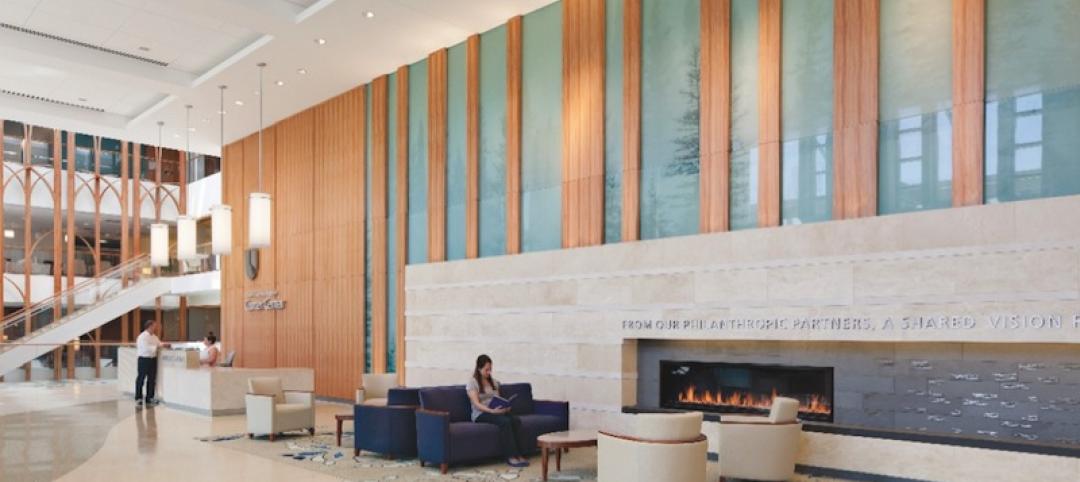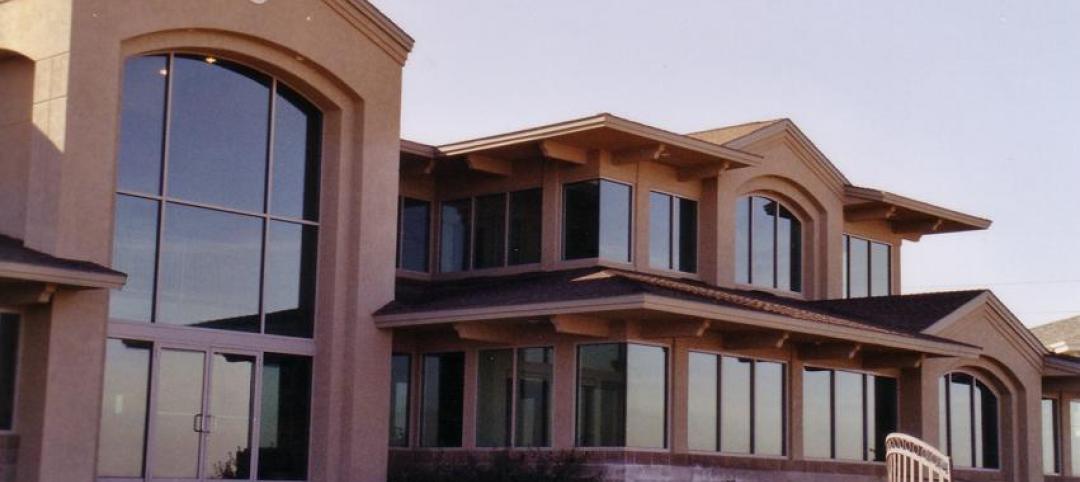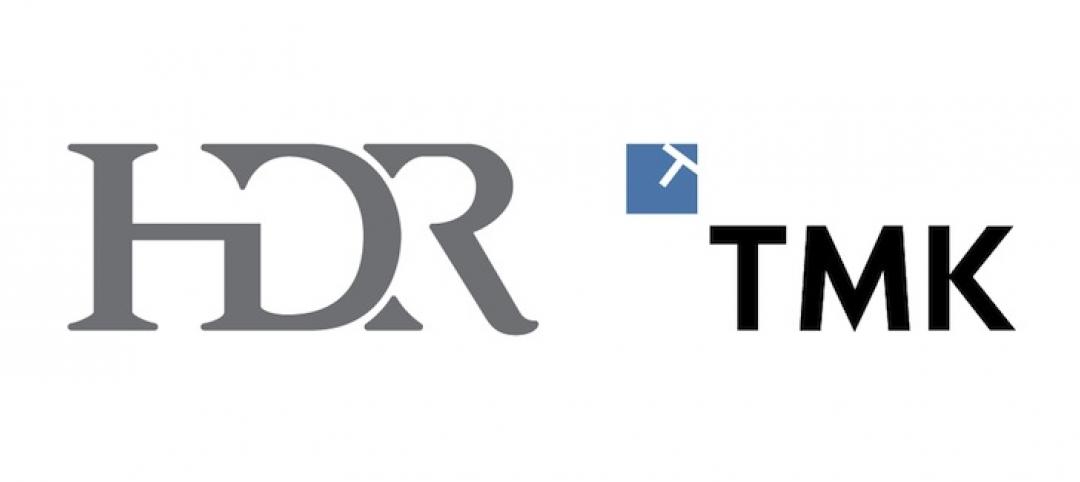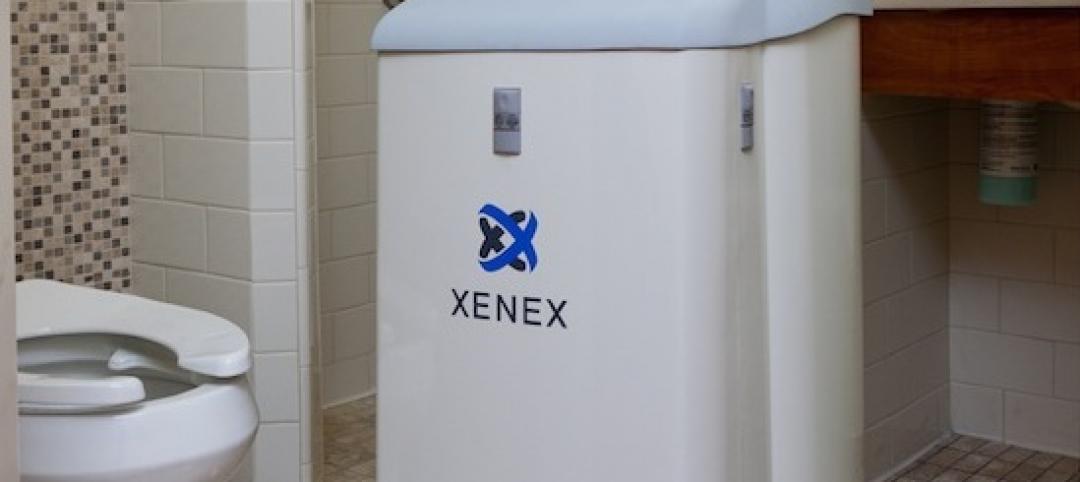Uncertainty and high risk are kryptonite to any investment community, and the healthcare real estate sector has seen a heavy dose of both since the beginning of the Great Recession.
From the economic crash of 2008-09, to the enactment of Obamacare in 2010, to the feds’ latest experiment—Ryancare, Republicare, Trumpcare, whatever you want to call it—no other major business sector has dealt with the level of chaos that healthcare owners, developers, providers, and consumers have faced.
Even as Speaker Paul Ryan’s Obamacare replacement died on the vine in Congress, President Trump and the GOP have no plans to walk away from their promise to repeal and replace the Affordable Care Act.
So, with a long road of political and financial uncertainty ahead for the healthcare sector, what does this mean for the nonresidential construction industry’s third-largest sector ($41 billion in annual construction spending)?
In the days and weeks following Trump’s historic victory, the consensus among healthcare sector analysts and AEC professionals was that the repeal and replace efforts would cause healthcare owners and developers to pump the brakes on major real estate construction and renovation plans in the pipeline. This, of course, was the case during the early days of the ACA, when many healthcare organizations halted construction projects until they could fully understand the implications of the law, especially the reimbursement structure.
More recent projections paint a slightly more positive picture for the healthcare construction market, at least in the near-term. In its latest healthcare real estate investment update, released last month (http://tinyurl.com/CBREhc17), CBRE Healthcare reported that healthcare providers “appear to be moving along with their strategy”—including their real estate plans—despite the turmoil in Washington, D.C.
“The ACA was a wake-up call for healthcare providers,” the report states. “In the last several years, healthcare providers have focused on ways to deliver care more efficiently and capture a greater market share to further their economies of scale. For developers, this means more outpatient facilities and a push to expand into new markets.”
Other real estate experts are not as upbeat. John Burns Real Estate Consulting, a respected housing market analyst based in Irvine, Calif., released a 68-page white paper last month (http://tinyurl.com/JBRChc17) that identifies healthcare as one of three major industries (the others being technology and automotive) that are “overheated and will likely be shedding jobs sometime soon.”
The most alarming indicator cited by JBRC: the sector’s rapid accumulation of debt—308% since 2009. This rate of growth far outpaces industry job and GDP growth, a circumstance that, historically, has triggered industry downturns.
Related Stories
| Apr 2, 2013
6 lobby design tips
If you do hotels, schools, student unions, office buildings, performing arts centers, transportation facilities, or any structure with a lobby, here are six principles from healthcare lobby design that make for happier users—and more satisfied owners.
| Apr 2, 2013
4 hospital lobbies provide a healthy perspective
A carefully considered entry zone can put patients at ease while sending a powerful branding message for your healthcare client. Our experts show how to do it through four project case studies.
| Mar 29, 2013
Cuningham Group acquires NTD's healthcare practice, expands into key markets
The international design firm Cuningham Group Architecture, Inc. has announced that NTD Healthcare has the joined the company in a strategic expansion. A practice of NTD Architecture, NTD Healthcare joins Cuningham Group with three principals: Wayne Hunter, AIA, NCARB, ACHA and Phillip T. Soule, III, AIA, ACHA in San Diego, along with Maha Abou-Haidar, AIA in Phoenix.
| Mar 14, 2013
25 cities with the most Energy Star certified buildings
Los Angeles, Washington, D.C., and Chicago top EPA's list of the U.S. cities with the greatest number of Energy Star certified buildings in 2012.
| Mar 6, 2013
Hospital project pioneers BIM/VDC-based integrated project delivery
The Marlborough (Mass.) Hospital Cancer Pavilion is one of the first healthcare projects to use BIM/VDC-based integrated project delivery.
| Mar 4, 2013
German healthcare design specialist TMK Architekten joins HDR Architecture
TMK Architekten • Ingenieure, one of Germany’s leading healthcare architecture firms, announced today that it is joining forces with HDR Architecture, the world’s No. 1 healthcare and science + technology design firm. The merged company will conduct business as HDR TMK, and will be the hub for the firm’s healthcare and science + technology design programs in Europe.
| Feb 26, 2013
Tax incentive database for reflective roofs available
The Roof Coatings Manufacturers Association (RCMA) and the Database of State Incentives for Renewables & Efficiency (DSIRE) created a database of current information on rebates and tax credits for installing reflective roofs.
| Feb 25, 2013
10 U.S. cities with the best urban forests
Charlotte, Denver, and Milwaukee are among 10 U.S. cities ranked recently by the conservation organization American Forests for having quality urban forest programs.
| Feb 18, 2013
Syracuse hospital using robots to reduce infections by 50%
Fast Company's Nina Mandell writes about how an early adopter of UV infection-control robotics—St. Joseph’s Hospital Health Center in Syracuse—is seeing positive results.
















